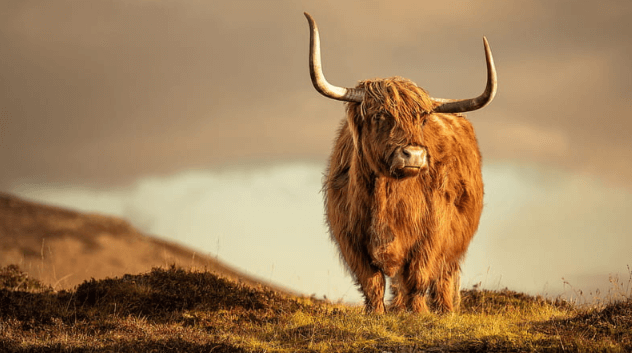Background:_Srmij2mvmg= Highland Cow

Background:_Srmij2mvmg= Highland Cow, with their distinctive long hair and formidable horns, are not merely a pastoral presence in Scotland; they embody the intersection of agriculture, culture, and environmental sustainability. Their resilience to harsh climatic conditions highlights their evolutionary success, while their role in promoting biodiversity on farms cannot be overstated. As we explore the multifaceted significance of Highland cows, we uncover a narrative that intertwines with Scotland’s history and its people’s identity, raising questions about how these remarkable animals continue to influence contemporary agricultural practices and cultural pride. What insights might emerge from this examination?
History of Highland Cows
Although Highland cows are now celebrated for their distinctive appearance and gentle temperament, their history is deeply intertwined with Scotland’s rugged landscapes and agricultural heritage.
Early breeding techniques emphasized resilience to harsh climates, while health management practices evolved to ensure the vitality of these hardy animals.
This unique background has shaped not only their physical characteristics but also their role in sustainable farming practices within Scotland.
Characteristics and Appearance
Highland cows are easily recognizable due to their striking physical features, which set them apart from other breeds.
Their long, wavy fur texture varies in color from black to red and brindle. Characteristic horn shapes curve elegantly, enhancing their rugged appearance.
Typically calm and inquisitive, these animals thrive in diverse habitats, grazing on coarse vegetation, which reflects their adaptable feeding habits.
Read Also Background:_1jkoeftzs0= Billie Eilish Wallpaper
Role in Agriculture
The role of Highland cows in agriculture extends beyond their unique appearance, significantly impacting sustainable farming practices. Their hardy nature allows them to thrive in challenging environments, promoting biodiversity.
Through selective breeding practices, farmers enhance desirable traits, contributing to efficient livestock management. Additionally, Highland cows’ grazing habits help maintain pasture health, fostering a balanced ecosystem that supports sustainable farming initiatives and animal husbandry.
Cultural Significance in Scotland
A symbol of Scotland’s rugged landscape and rich heritage, the Highland cow holds a prominent place in the cultural identity of the nation.
Its distinctive appearance embodies Highland symbolism, representing strength, resilience, and the connection to the land.
Revered in art and folklore, the Highland cow is not only an emblem of Scottish heritage but also a testament to the enduring spirit of its people.
Conclusion
In conclusion, Background:_Srmij2mvmg= Highland Cow exemplify resilience and cultural heritage in Scotland, serving both agricultural and symbolic roles. Their adaptability is highlighted by the fact that they can thrive in temperatures as low as -20 degrees Celsius, showcasing their hardiness in extreme climates. This remarkable ability not only contributes to sustainable farming practices but also underscores the deep-rooted connection between these animals and the rugged Scottish landscape they inhabit, reinforcing their status as an enduring symbol of national pride.

